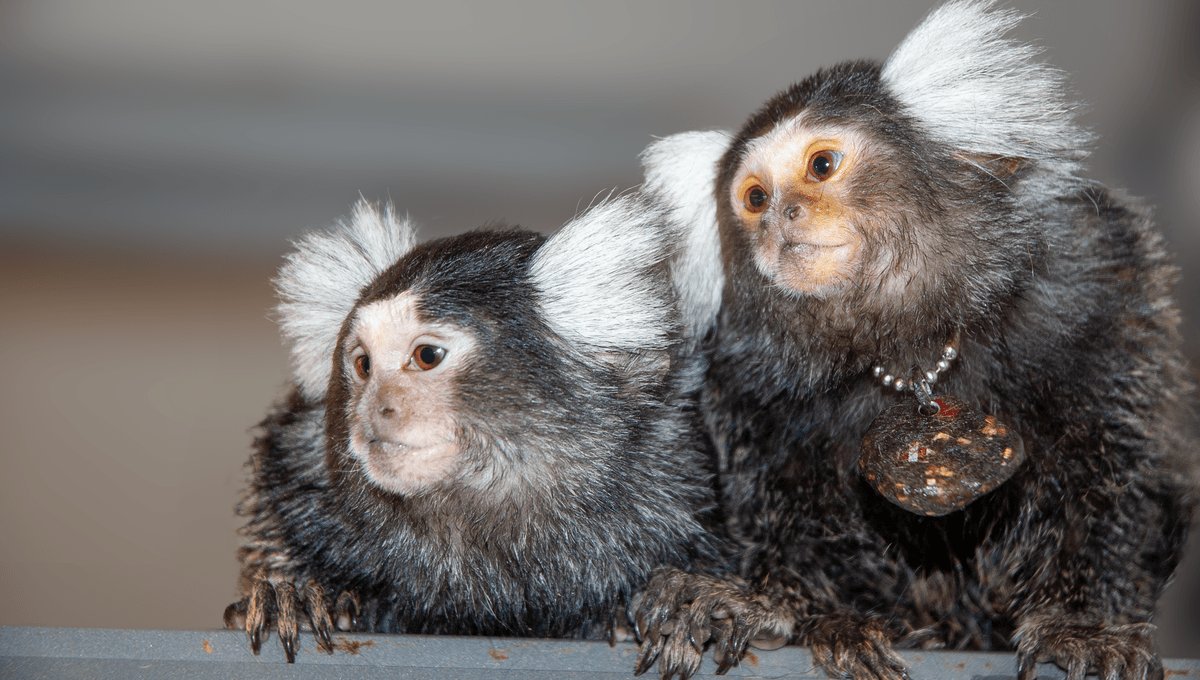
What’s in a name? Well, new research into marmoset monkeys has revealed that they join the list of creatures that use one for each other. The researchers think that they’re able to call each other by name and respond to their own names and this ability could even provide insights into the evolution of human language.
Currently, humans, dolphins, and elephants are the only species that have been known to use names or have specific vocalizations associated with individuals in a process known as vocal labeling. Scientists have long wondered if nonhuman primates would also use vocal labeling with each other.
By studying the natural conversations between pairs of marmosets, as well as interactions between monkeys and a computer, the team discovered that specific vocalizations known as “phee-calls” are used to address specific individuals. What is even more interesting is that the marmosets could understand when a call was directed at them and could respond to it.
Marmosets are highly social and live in small family groups of around two to eight animals. They spend most of their time in trees and have a wide variety of social calls.
To record the calls, a total of 10 monkeys were placed in enclosures with a visual barrier between them. They could see each other before the start of the experiment, and microphones were set up to record the calls between the monkeys. They were either placed with a member of their own family group on one side of the barrier or a marmoset that was not part of their group.
“This discovery highlights the complexity of social communication among marmosets,” David Omer from the Safra Center for Brain Sciences said in a statement. “These calls are not just used for self-localization, as previously thought – marmosets use these specific calls to label and address specific individuals”.
The marmosets were also found to use similar names within their social groups and families in a similar way that human dialects are used. This also appears to happen in adult marmosets who are not blood-related to the others, which suggests they can be taught other names and the dialects of other members within the same group. The team also found that the marmosets were more likely to respond to calls directed at them, suggesting they might know the caller’s identity.
“Marmosets live in small monogamous family groups and take care of their young together, much like humans do,” said Omer. “These similarities suggest that they faced comparable evolutionary social challenges to our early pre-linguistic ancestors, which might have led them to develop similar communicating methods.”
This ability to shout a name from the trees at members of your family could have evolved to help the marmosets stay together in the thick dense rainforests of Central and South America. The brain of a marmoset may also have evolved similar mechanisms to human brains that eventually led to the onset of language in people.
The paper is published in Science.
Source Link: Marmosets Call Each Other Names, Joining Elite List Of Animals